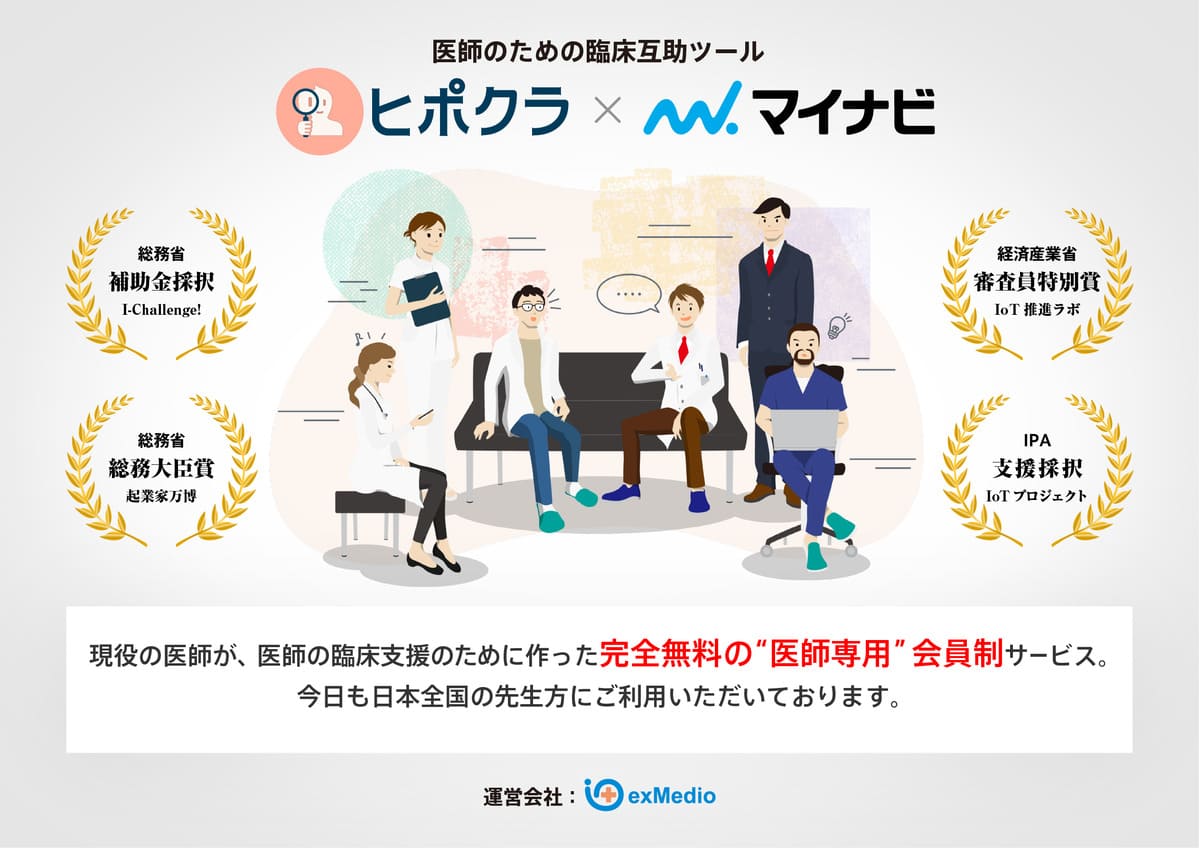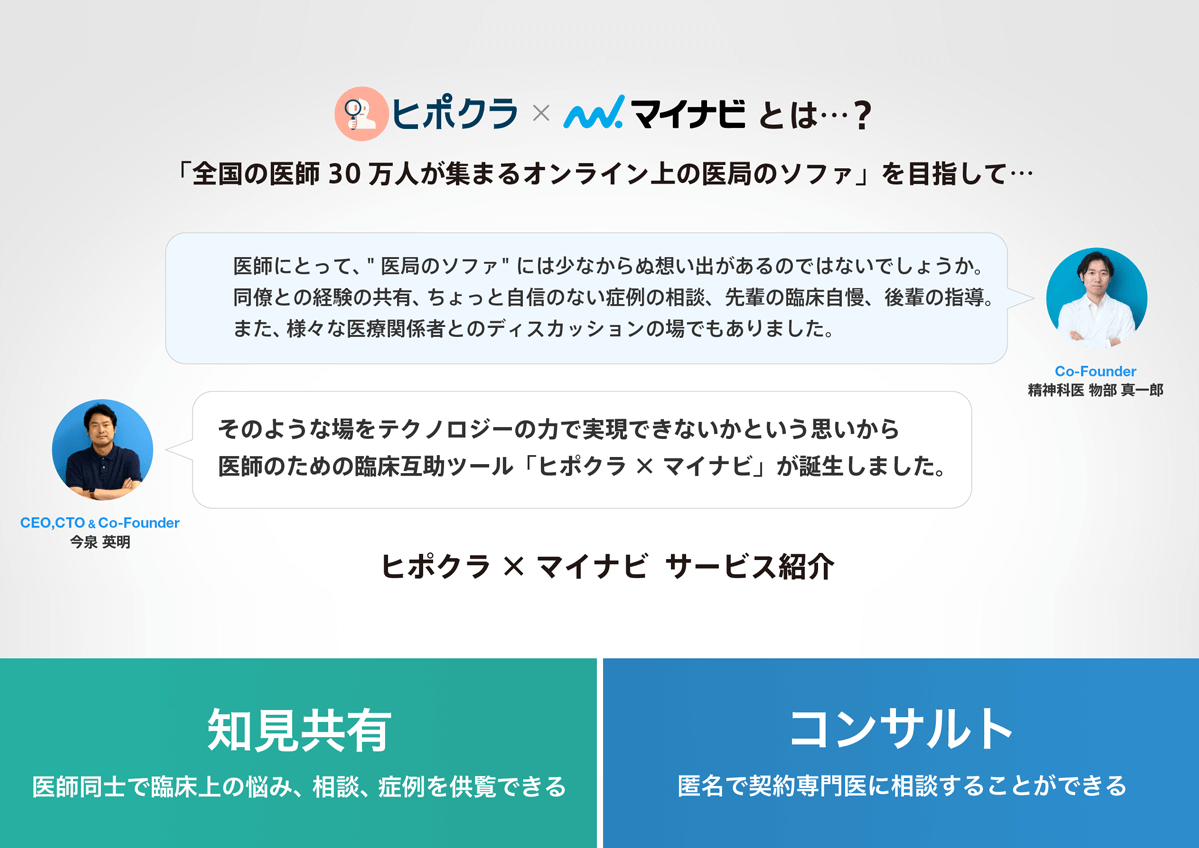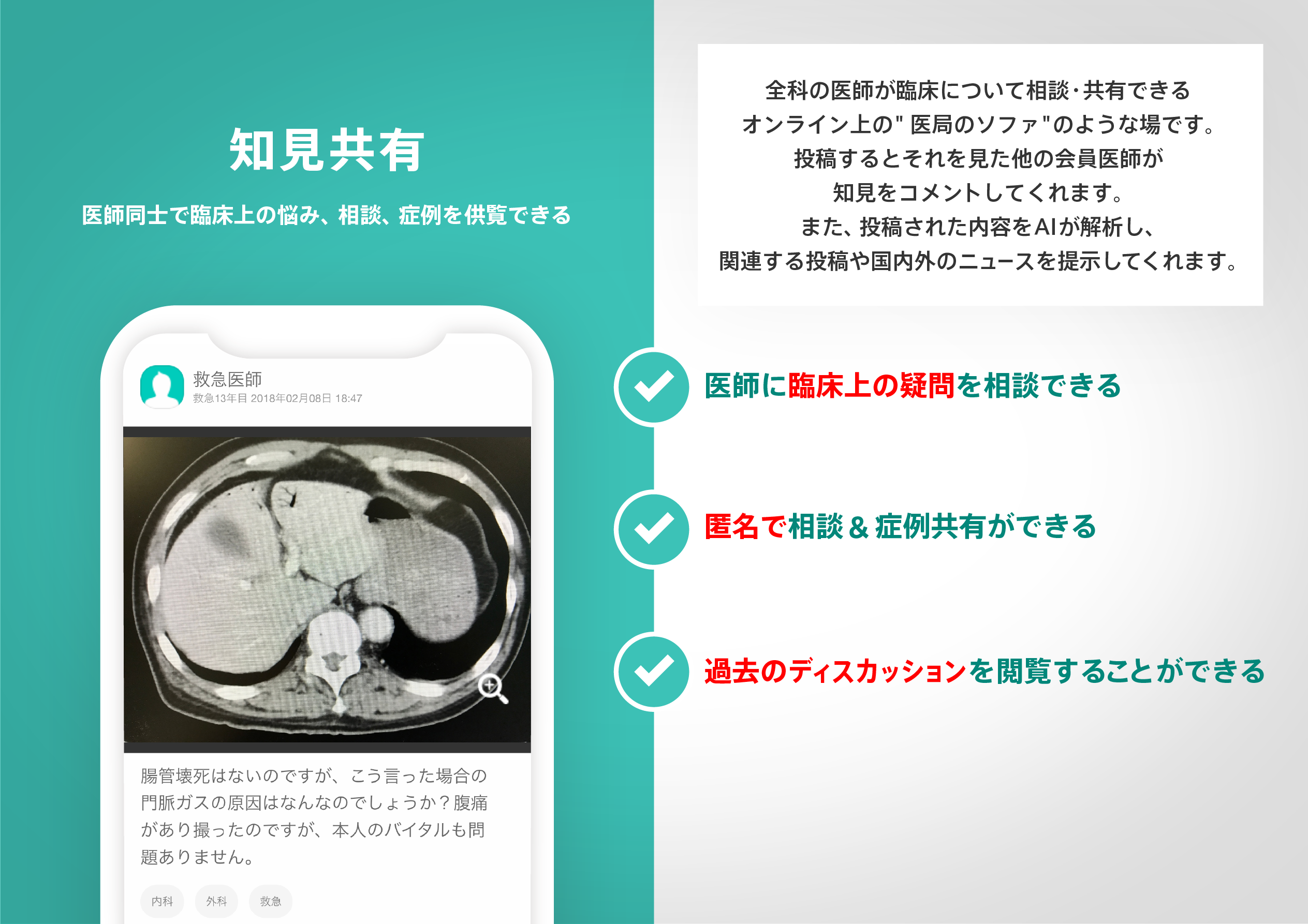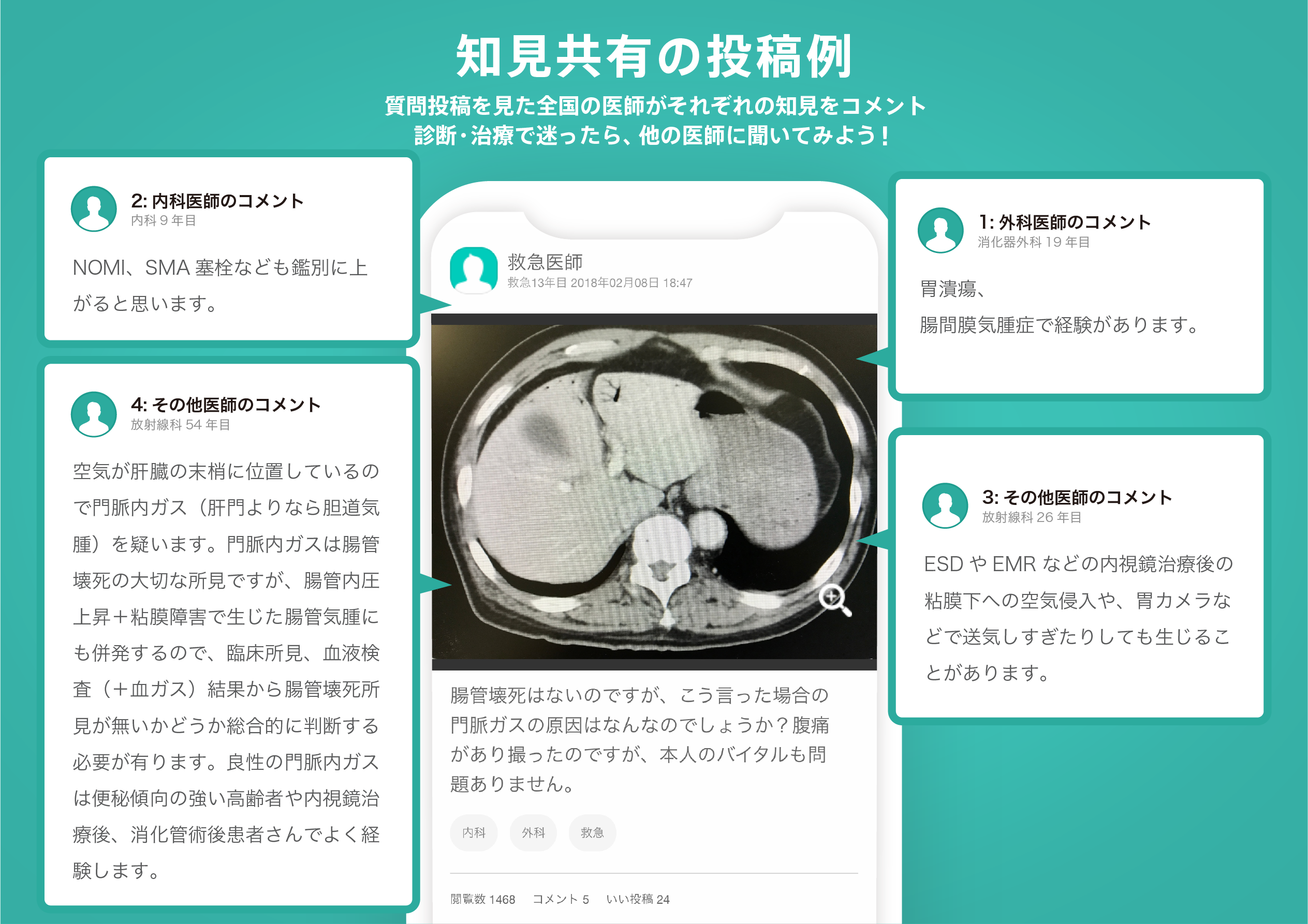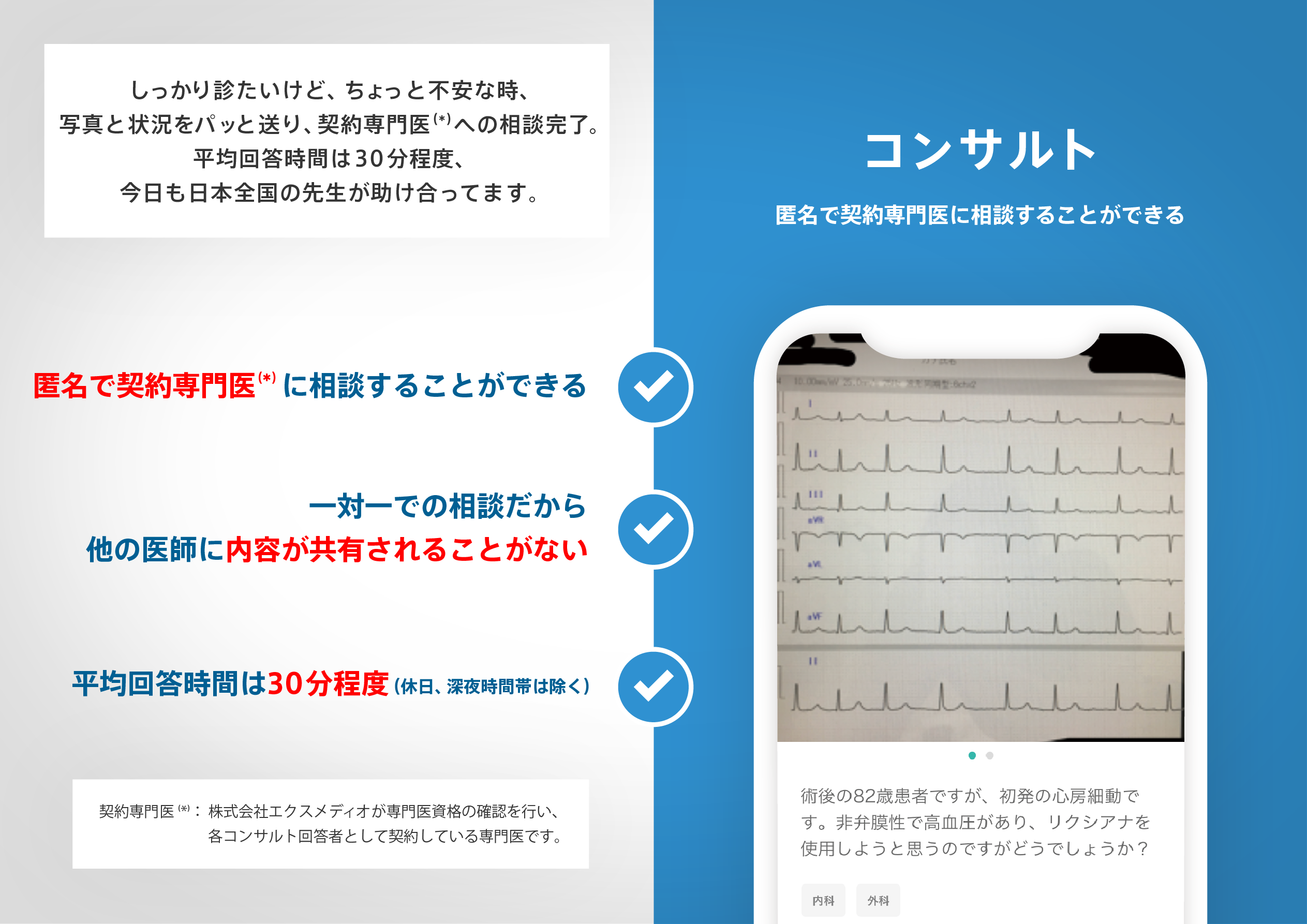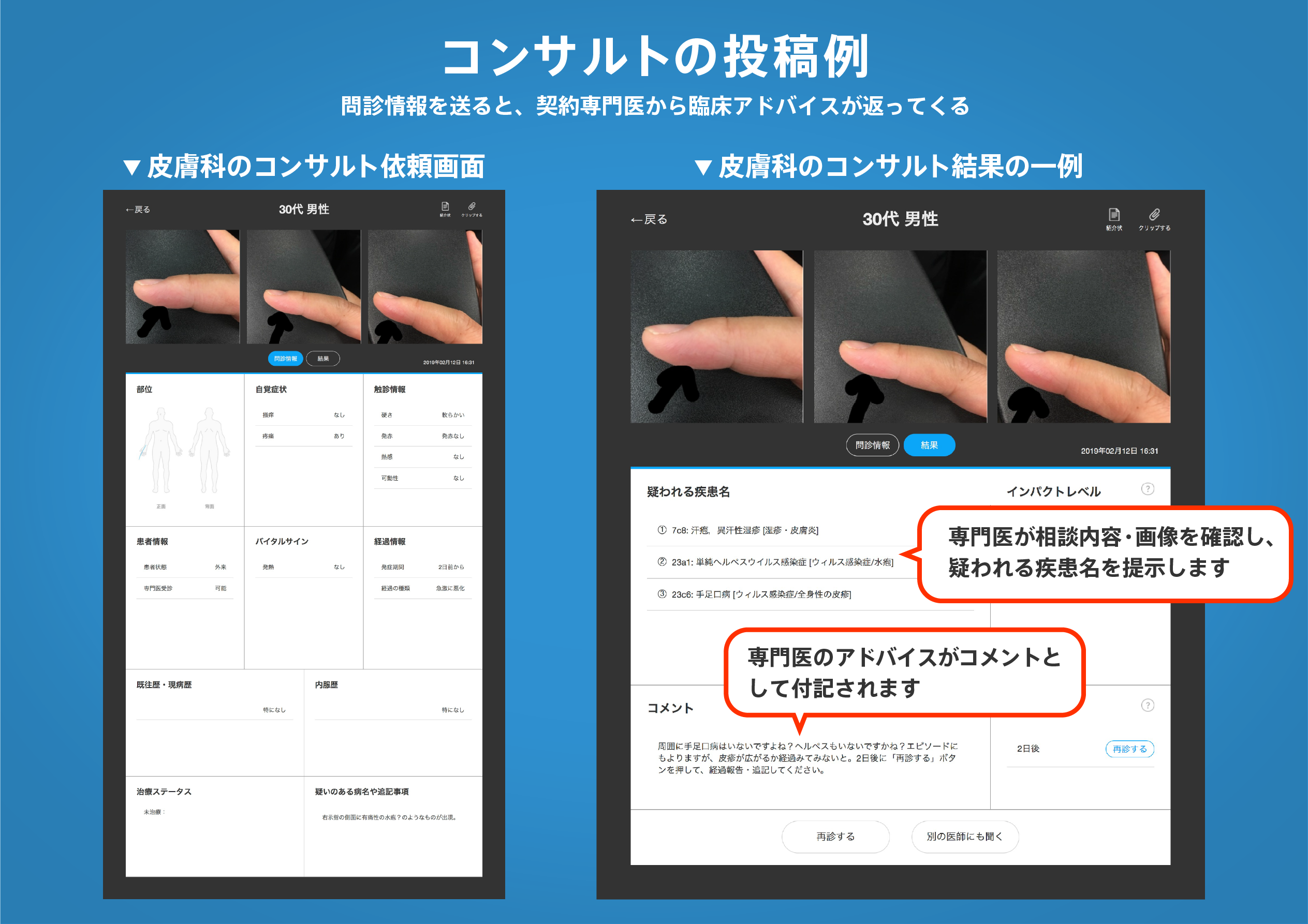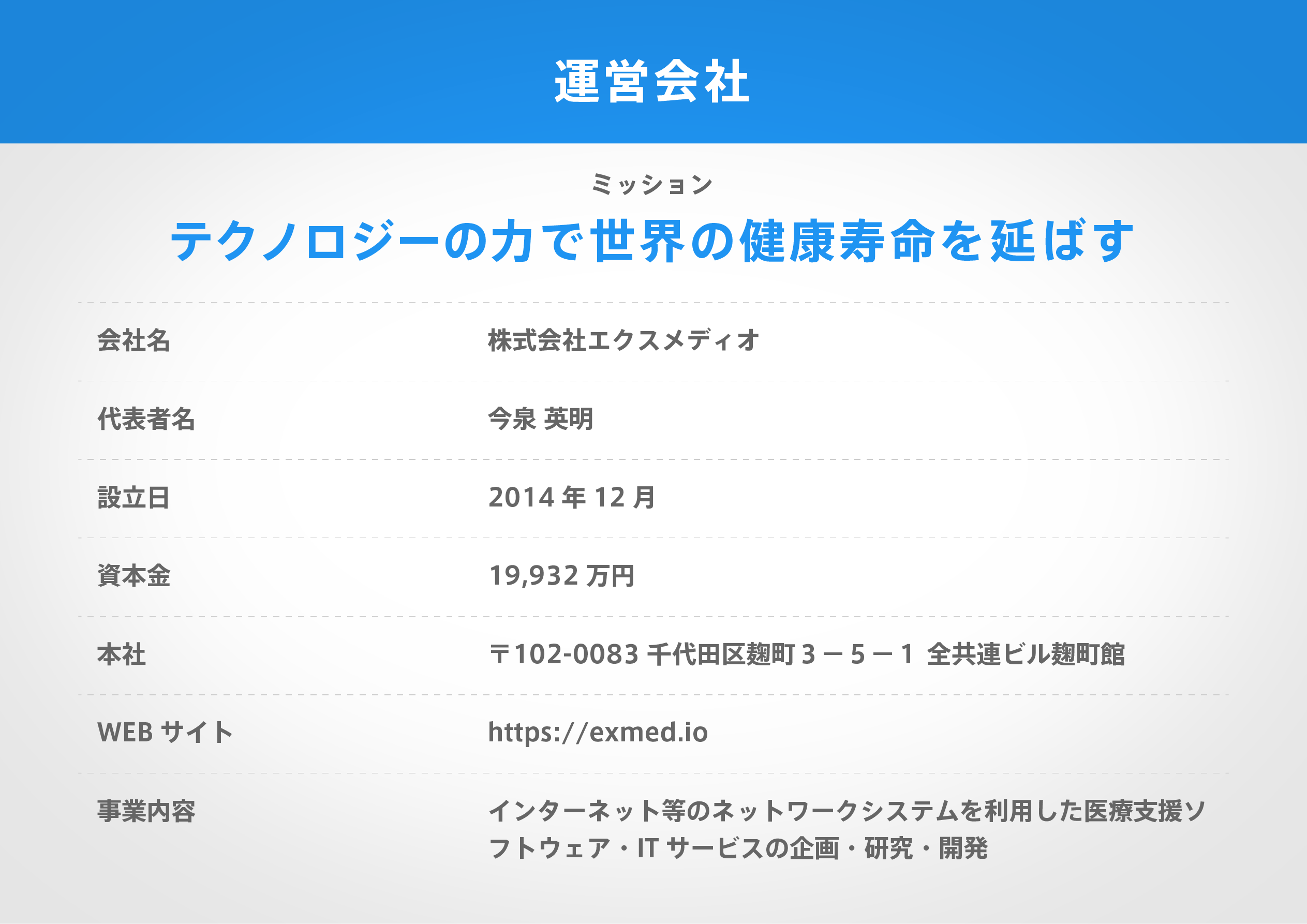著名医師による解説が無料で読めます
すると翻訳の精度が向上します
目的:この研究の目的は、韓国の小児における小児腎症(AKI)の小児横紋筋融解症の臨床所見と予測因子を評価することを目的としています。 方法:2008年1月から2015年12月まで横紋筋融解症と新たに診断された39人の韓国の子供の医療記録を遡及的に分析しました。診断は、病歴から作られ、血清クレアチニンキナーゼレベルの上昇は1,000 IU/Lを> 1,000 IU/L、および血漿ミオグロビンレベルを150 ng/mL> 150 ng/mL>筋ジストロフィーと心筋梗塞の患者は除外されました。 結果:診断時の患者年齢の中央値は14.0歳(範囲、3〜18歳)で、男性と女性の比率は2.5でした。最も一般的な症状は筋肉痛(n = 25、64.1%)であり、14人の患者(35.9%)は横紋筋融解症誘発性AKIを有していました。18人の患者(46.2%)は、てんかんや精神病障害などの根本的な疾患を患っていました。これらの患者のうち10人は、横紋筋融解症誘発性AKIを示しました。横紋筋溶解の一般的な原因は、感染(n = 12、30.7%)、運動(n = 9、23.1%)、および外傷(n = 8、20.5%)でした。AKIグループと非AKIグループ間の病因の分布に違いはありませんでした。AKIグループの5人の患者は、腎補充療法を停止した後、腎機能の完全な回復を示しました。入院期間の中央値は7.0日で、死亡率は報告されていません。AKIグループと比較して、AKIグループは、統計的有意性なしに、より高いレベルのピーククレアチニンキナーゼとミオグロビンを示しました。 結論:小児横紋筋溶解の臨床的特性は、成人患者で観察されたものとは異なります。根底にある疾患のある子供は、横紋筋融解症誘発性AKIに対してより脆弱です。Akiは、高度なアルブミン尿の存在下で発達する可能性が高くなります。
目的:この研究の目的は、韓国の小児における小児腎症(AKI)の小児横紋筋融解症の臨床所見と予測因子を評価することを目的としています。 方法:2008年1月から2015年12月まで横紋筋融解症と新たに診断された39人の韓国の子供の医療記録を遡及的に分析しました。診断は、病歴から作られ、血清クレアチニンキナーゼレベルの上昇は1,000 IU/Lを> 1,000 IU/L、および血漿ミオグロビンレベルを150 ng/mL> 150 ng/mL>筋ジストロフィーと心筋梗塞の患者は除外されました。 結果:診断時の患者年齢の中央値は14.0歳(範囲、3〜18歳)で、男性と女性の比率は2.5でした。最も一般的な症状は筋肉痛(n = 25、64.1%)であり、14人の患者(35.9%)は横紋筋融解症誘発性AKIを有していました。18人の患者(46.2%)は、てんかんや精神病障害などの根本的な疾患を患っていました。これらの患者のうち10人は、横紋筋融解症誘発性AKIを示しました。横紋筋溶解の一般的な原因は、感染(n = 12、30.7%)、運動(n = 9、23.1%)、および外傷(n = 8、20.5%)でした。AKIグループと非AKIグループ間の病因の分布に違いはありませんでした。AKIグループの5人の患者は、腎補充療法を停止した後、腎機能の完全な回復を示しました。入院期間の中央値は7.0日で、死亡率は報告されていません。AKIグループと比較して、AKIグループは、統計的有意性なしに、より高いレベルのピーククレアチニンキナーゼとミオグロビンを示しました。 結論:小児横紋筋溶解の臨床的特性は、成人患者で観察されたものとは異なります。根底にある疾患のある子供は、横紋筋融解症誘発性AKIに対してより脆弱です。Akiは、高度なアルブミン尿の存在下で発達する可能性が高くなります。
PURPOSE: This study aimed to evaluate the clinical findings in pediatric rhabdomyolysis and the predictive factors for acute kidney injury (AKI) in Korean children. METHODS: Medical records of 39 Korean children, who were newly diagnosed with rhabdomyolysis from January 2008 to December 2015, were retrospectively analyzed. The diagnosis was made from the medical history, elevated serum creatinine kinase level >1,000 IU/L, and plasma myoglobin level >150 ng/mL. Patients with muscular dystrophy and myocardial infarction were excluded. RESULTS: The median patient age at diagnosis was 14.0 years (range, 3-18 years), and the male to female ratio was 2.5. The most common presenting symptom was myalgia (n=25, 64.1%), and 14 patients (35.9%) had rhabdomyolysis-induced AKI. Eighteen patients (46.2%) had underlying diseases, such as epilepsy and psychotic disorders. Ten of these patients showed rhabdomyolysis-induced AKI. The common causes of rhabdomyolysis were infection (n=12, 30.7%), exercise (n=9, 23.1%), and trauma (n=8, 20.5%). There was no difference in the distribution of etiology between AKI and non-AKI groups. Five patients in the AKI group showed complete recovery of renal function after stopping renal replacement therapy. The median length of hospitalization was 7.0 days, and no mortality was reported. Compared with the non-AKI group, the AKI group showed higher levels of peak creatinine kinase and myoglobin, without statistical significance. CONCLUSION: The clinical characteristics of pediatric rhabdomyolysis differ from those observed in adult patients. Children with underlying diseases are more vulnerable to rhabdomyolysis-induced AKI. AKI more likely develops in the presence of a high degree of albuminuria.
医師のための臨床サポートサービス
ヒポクラ x マイナビのご紹介
無料会員登録していただくと、さらに便利で効率的な検索が可能になります。
